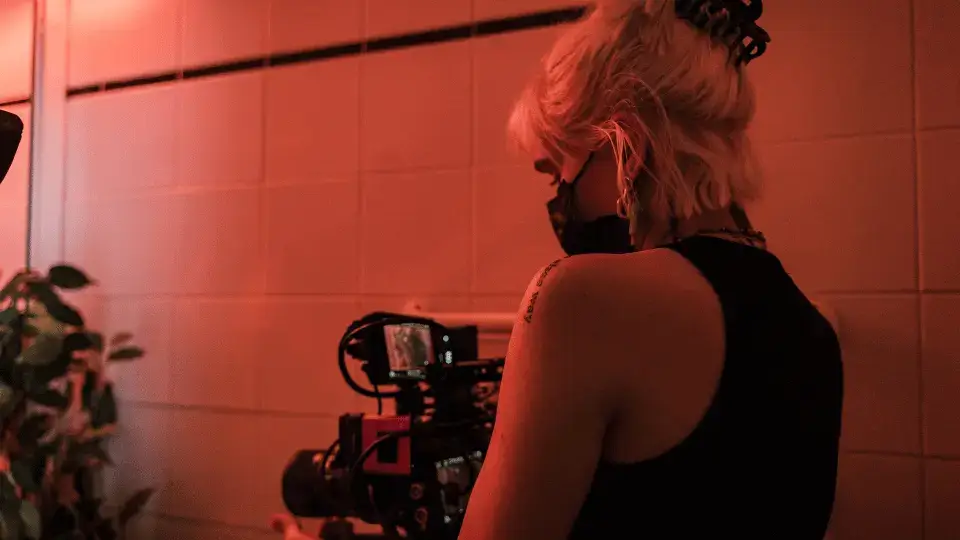Mastering Jaws Cinematography: Techniques and Tips
In 1975, Steven Spielberg introduced audiences to the terrifying tale of a Great White Shark terrorizing the beach town of Amity Island in the film “Jaws”. One aspect of this film that has greatly contributed to its enduring popularity is the masterful cinematography, which was cleverly employed to amplify the suspense and horror. By delving into the techniques and tips used in Jaws, budding filmmakers and cinematographers can learn invaluable lessons.
Utilizing Perspective: The Spielberg Touch
One of Spielberg’s most defining trademarks is his manipulation of perspective. For instance, he introduced audiences to the shark’s point of view. This ‘predator perspective’ did not just serve to enhance the fear factor but also played a pivotal role in the narrative, making the shark a mysterious and unseen terror for a significant part of the film.
Masterful Use of the ‘Dolly Zoom’
Another iconic cinematographic element in Jaws is the ‘Dolly Zoom’ or ‘Vertigo effect’. This was most evident in the scene where Chief Brody (Roy Scheider) spots a shark attack from the shore. The camera simultaneously zooms in on the character while moving physically backwards, creating a disorienting visual effect that encapsulates Brody’s horror and shock perfectly.
Lighting Techniques
Lighting plays a significant role in creating the eerie and suspenseful atmosphere in Jaws. Natural light is used to great effect throughout the film. The nighttime scenes, especially, leverage low lighting to add to the fear and suspense, as the unseen shark becomes an even bigger threat in the dark.
Framing and Composition
Throughout Jaws, Spielberg utilizes framing and composition to build tension. Characters are often framed in a way that makes them appear small and vulnerable against the vastness of the ocean. This method is effective in subtly enhancing the sense of danger and vulnerability.
Long Takes and Pacing
Spielberg’s control of pacing through long takes is a significant feature of Jaws’ cinematography. He lets scenes unfold naturally without unnecessary cuts, allowing tension to build gradually. This is particularly evident in the sequences where the shark is hunting, creating a suspenseful atmosphere that keeps the audience on edge.
Conclusion
The cinematic techniques employed in Jaws have played a significant role in shaping it as one of the most iconic films in the horror-thriller genre. Spielberg’s innovative use of perspective, the Dolly Zoom effect, strategic lighting, effective framing, and controlled pacing are all lessons in how cinematography can be harnessed to amplify narrative and thematic elements. By studying and implementing these tips, aspiring filmmakers can enhance their storytelling abilities and create compelling narratives of their own.
Pursuing a career in cinematography requires education and training, and the NYU Film and TV Industry Essentials online course and certificate program is a great option for those looking to improve their skills.




